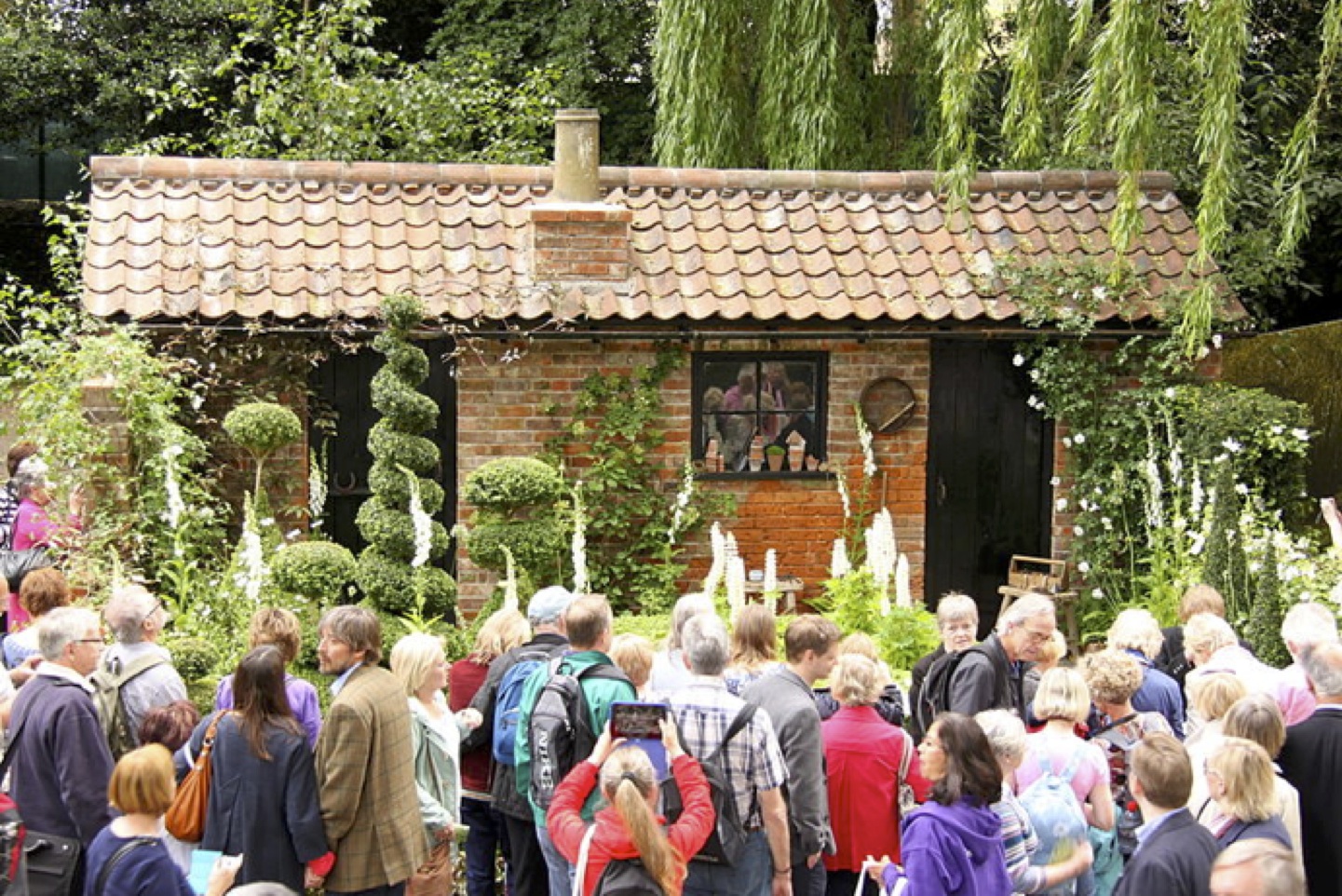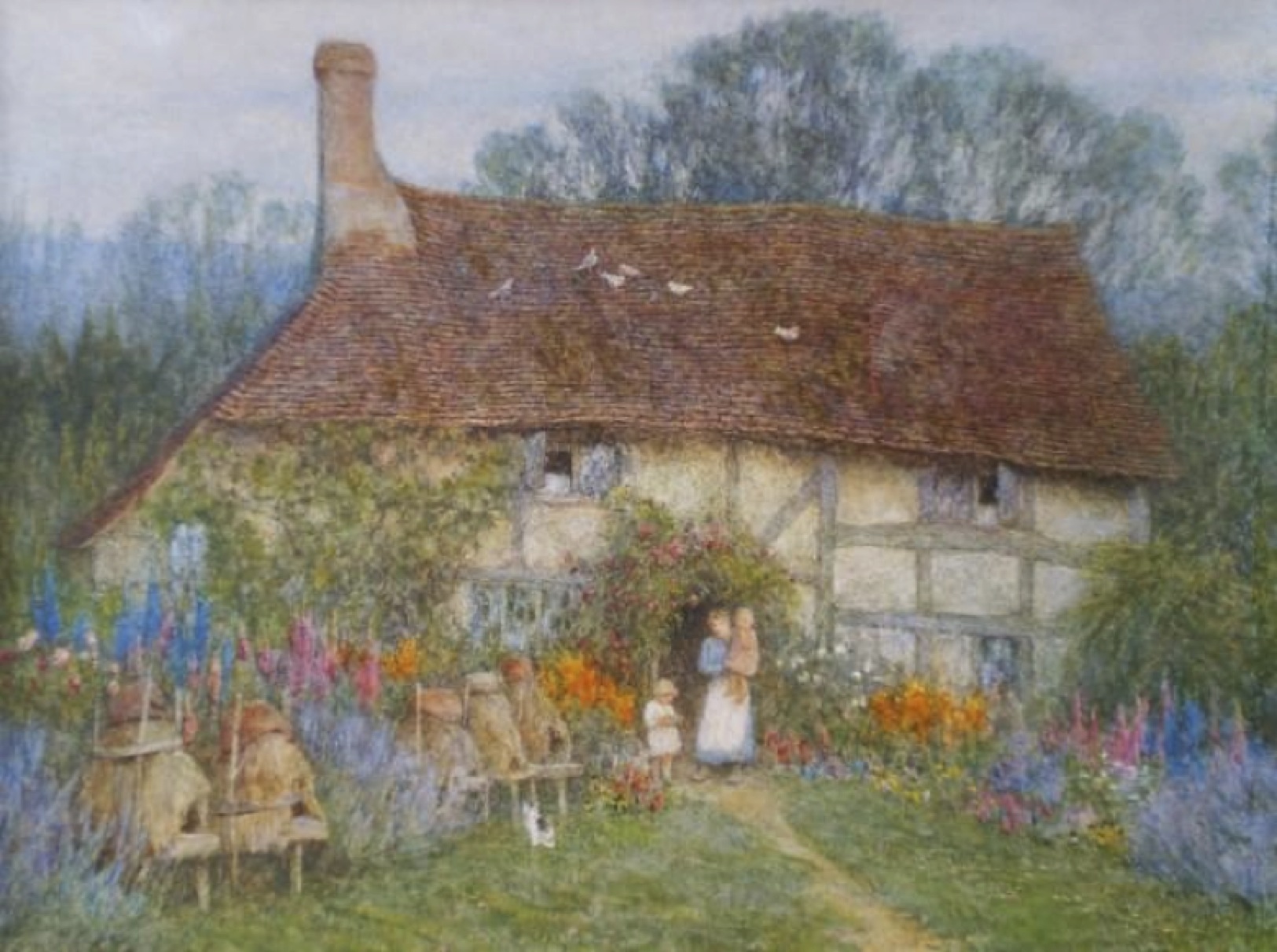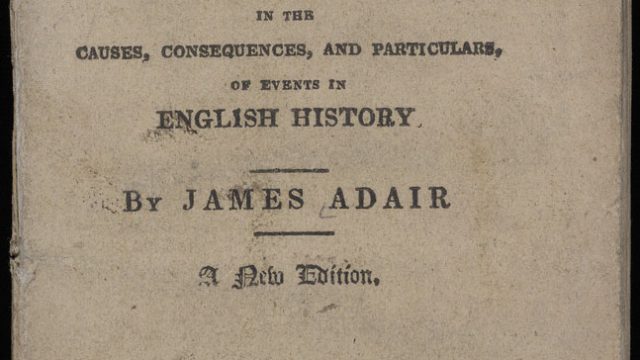by Sophie Foan
The English are well known for their love of gardening. From village flower and produce shows to inner city allotments, evidence of this is manifest nationwide. The public have long enjoyed visiting the gardens of grand country houses made accessible by the National Trust, and programmes such as Gardener’s World are prime time TV viewing. Whether intentionally or not, most people have tuned into Radio 4’s Gardeners Question Time of a Sunday afternoon. The RHS Chelsea Flower Show attracts enthusiasts from across the country each year, and there is even a national museum dedicated to the subject.

muffinn
Margaret Willes, already author of The Making of the English Gardener Plants, Books and Inspiration, 1550-1660 –recently presented her new book The Gardens of the British Working Class in a seminar in the V&A/RCA History of Design Research seminar series, focusing on the history of ‘cottage gardens’ in Britain.
The concept of the cottage garden, she explains, has its origins in Victorian history. Philanthropic movements at the time resulted in the provision of Britain’s working poor with allotments. These small plots of land were either attached to their owner’s dwellings or located on local greenbelts. The motive was to enable people to grow their own fruit and vegetables, an activity that would not only provide vital sustenance for families. Intrinsic to the campaigners’ message was the idea that allotments would boost morale and bring communities together through healthy outdoor activity. Such a vision suggests these plots were intended solely for practical purposes. However, the romanticized depictions of cottage gardens that emerged alongside this social development suggest a different story.
As the nation was encouraged to take up the hoe by moral reformists, images of the idealized cottage garden soon became ubiquitous in Victorian visual culture. These took the form of hugely popular watercolors through which artists such as Helen Allingham and Thomas Hunn made their name; they became common as illustrations in children’s books and were printed as postcards, sold as souvenirs in provincial towns. Rather than depicting ‘working’ gardens full of edible produce, these visions show an abundance of flowers arranged in a harmonious display of color. Instead of being sites of industrious activity, these gardens are above all depicted as sources of aesthetic pleasure. In marked contrast to the fast industrialization of the landscape taking place elsewhere in the country, these illustrations harken back to a bygone era of rural domesticity.

It is this disparity between the representation of cottage gardens and their intended use, which prompts Margaret Willes to pose the question: what was fact and what was fiction? Did cottage gardens really exist as they were portrayed in visual culture, or were they simply a figment of the Victorian imagination? Willes’ opened a debate, which took us through a less trodden route down the path of garden history. We were shown photographs taken by well meaning aristocrats of estate gardeners posed in their best pinnies (are these empowering or exploitative of the sitter? A student from the floor asks). There was also a (not so) fruitful discussion of the potato plant. The English climate, Willes explains, came as a hidden blessing in failing to provide the right conditions for cultivating the plant. This spared the English from the disastrous famine famously suffered by the Irish in the 1920s.
Tensions between the working class and their employers emerged as a prominent theme during the discussion. If gardeners of limited means were growing exotic flowers in their plots, where did they source them? Did they come from the gardens of the wealthy? And what was the point of such ‘frivolities’ when they could have been growing carrots?!
Another key question was how did the cottage garden style develop? Were the well-to-do pinching ideas from their knowledgeable underlings? Or were gardeners modelling their patches on the grand estates, creating a less formal version that evolved into the style to be taken up by their betters? What emerges is a complex history of the garden’s development based on interclass exchange, individual aspirations and emergent treatises on good design.
In short, Margaret Willes’ talk certainly proved the history of gardening to be a subject – pardon the pun – ripe for picking also for the history of design.


